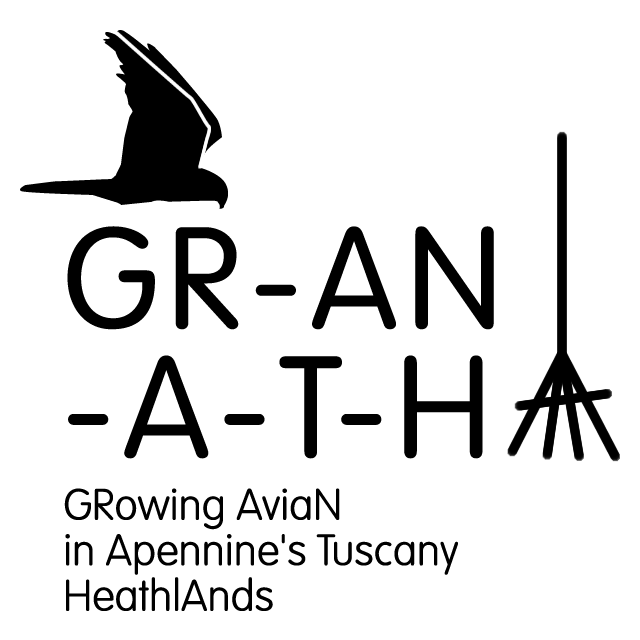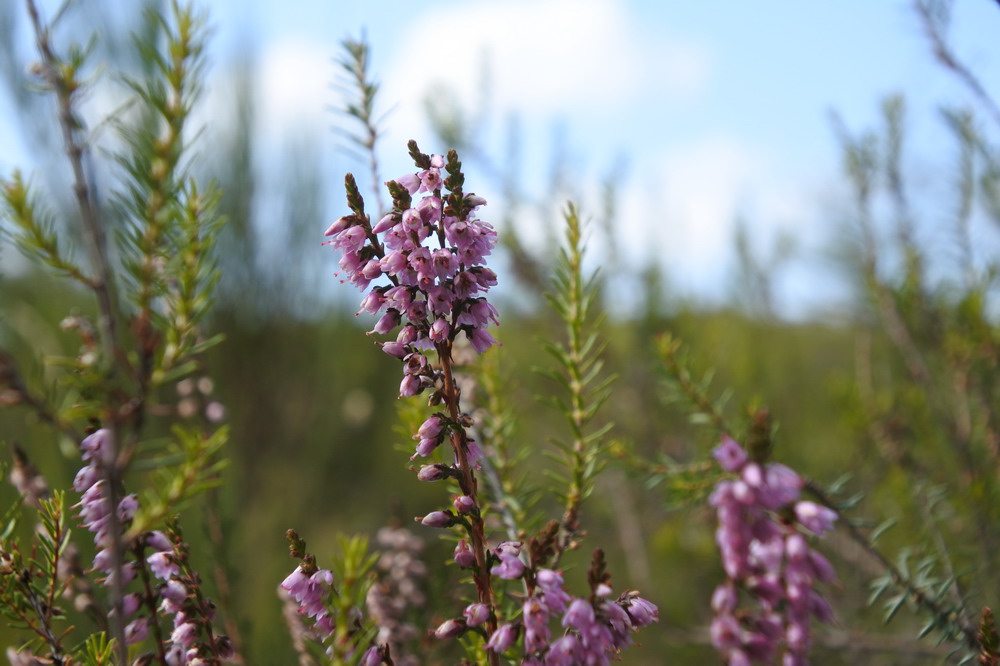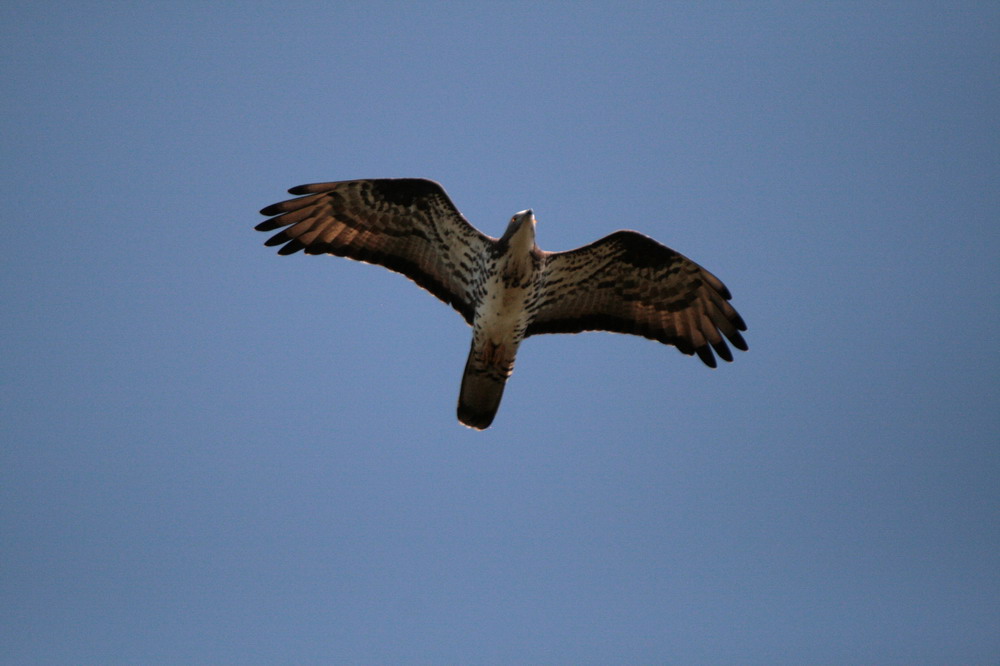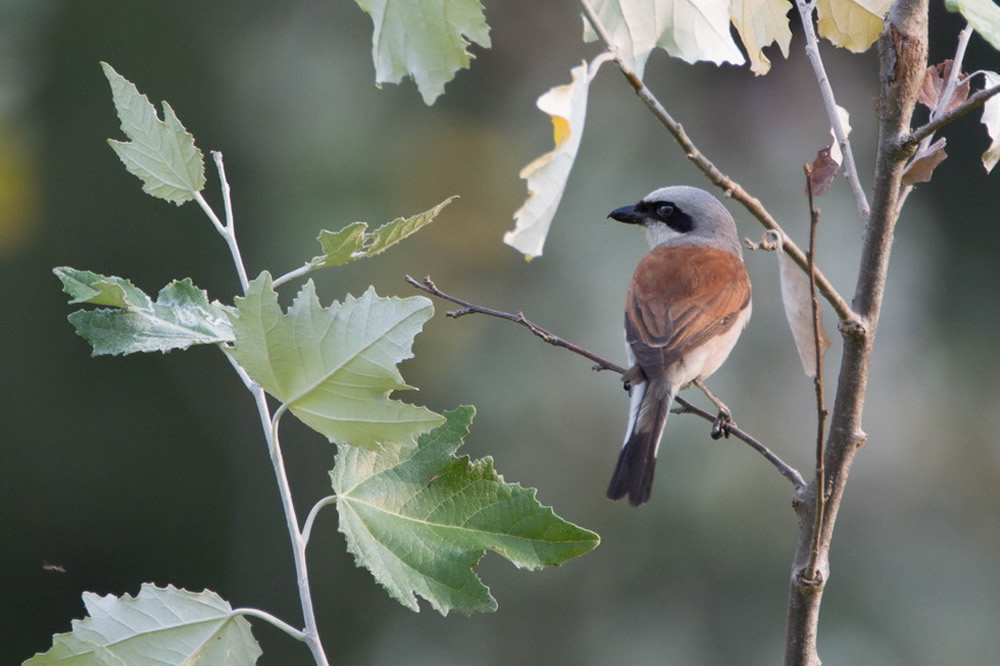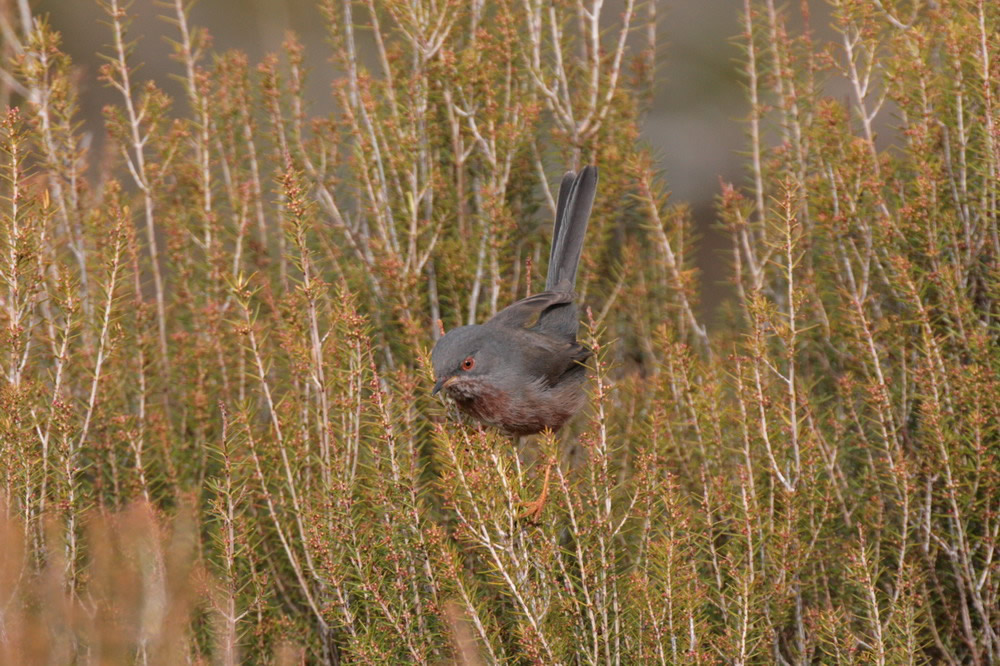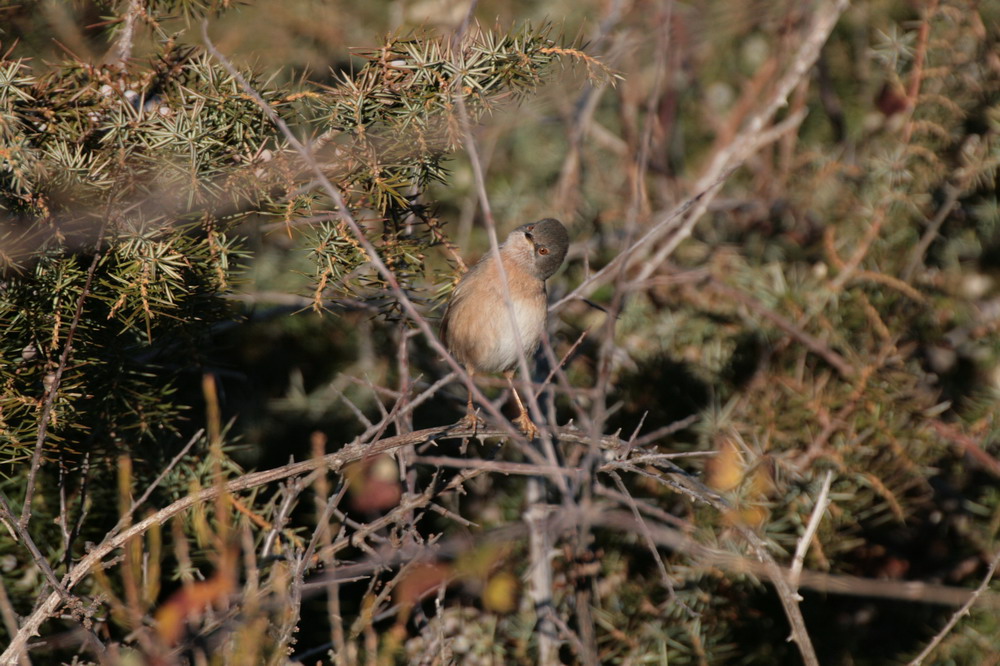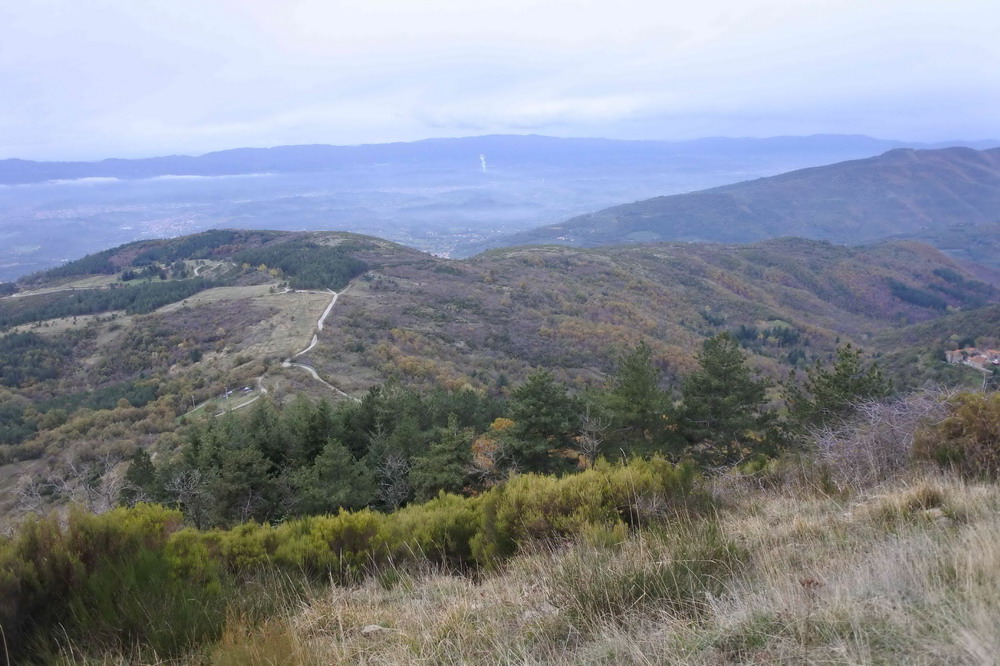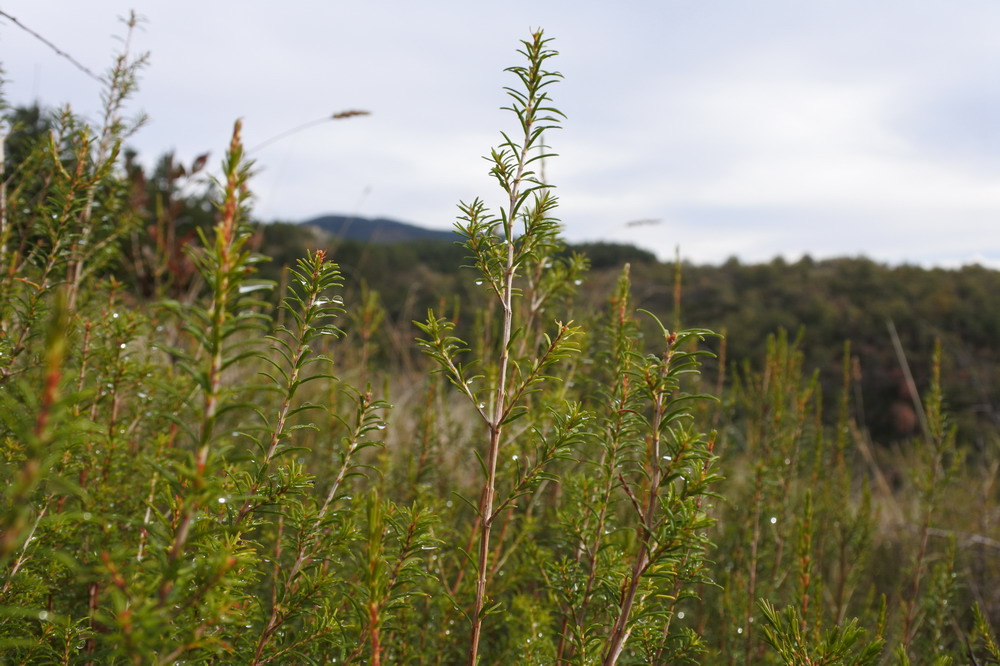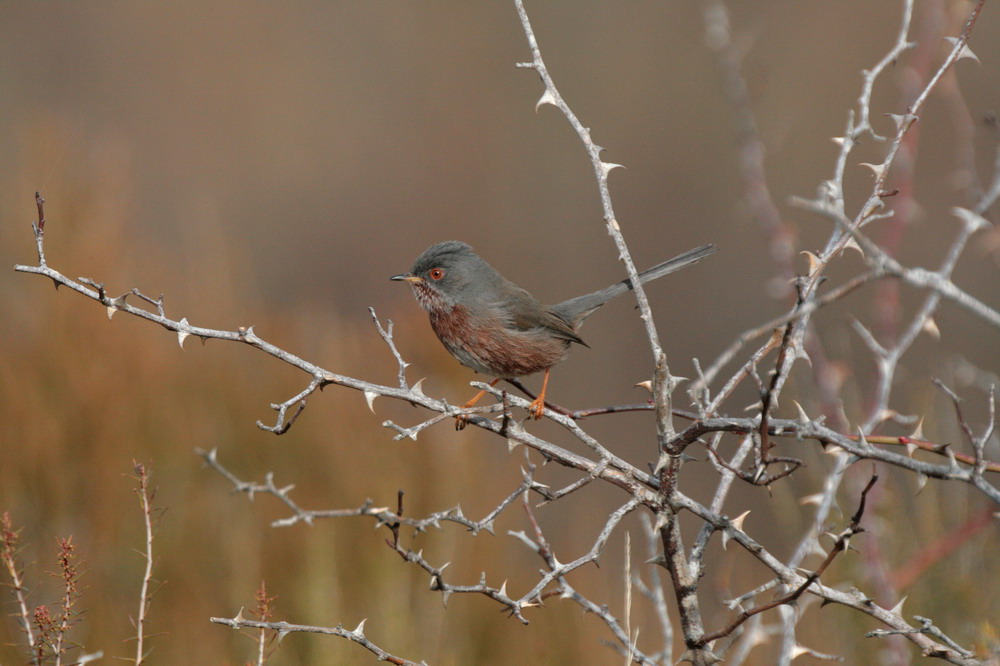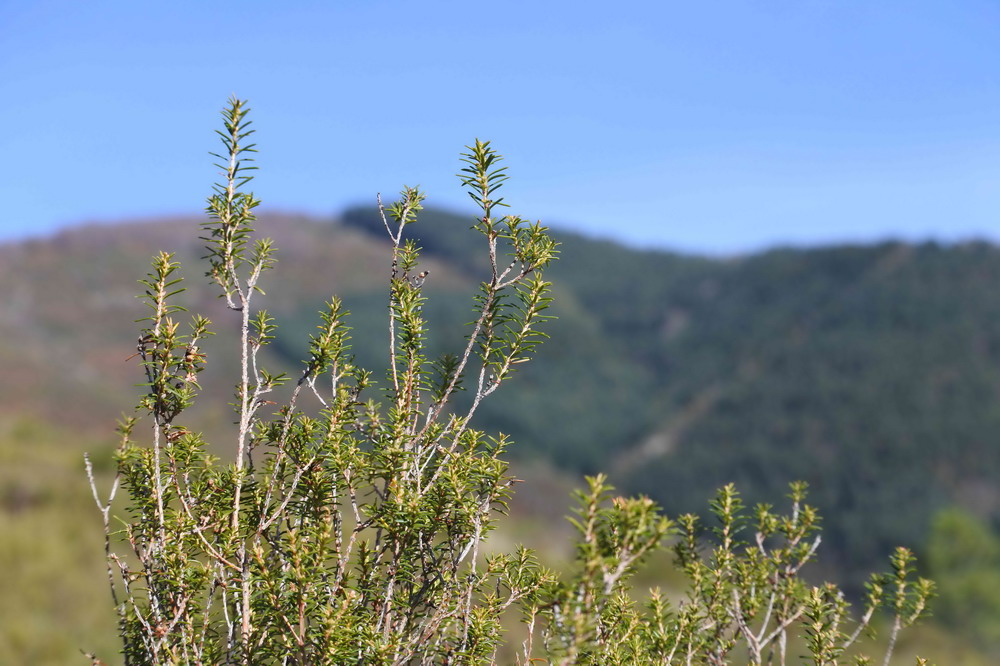
Project objectives
These changes result in the reduction of a habitat of great importance for the reproduction of many bird species of conservation concern, including Dartford Warbler (Sylvia undata), Woodlark (Lullula arborea), Red-backed Shrike (Lanius collurio), Montagu’s Harrier (Circus pygargus), Tawny Pipit (Anthus campestris) and Nightjar (Caprimulgus aeuropeus). Moreover, the reduction of these open spaces have negative effects on other species, like the Short-toed Eagle (Circaetus gallicus) and Honey Buzzard (Pernis apivorus) which used this habitat to search their prey.
Therefore, the project aim to carry out a series of conservation actions needed to arrest, but also to reverse, this trend of the evolution and transformation of the heathlands, by restoring their ecological functionality (substantially with the removal of trees and shrubs invasion) and by creating the right conditions for the start of a local production chain that, through the production and marketing of brooms and other tool made by the Erica scoparia, could guarantee a continuous and lasting management of heathlands.
.
Networking: an increasingly large network
Are you a subject that deals with conservation policies of species and habitats within LIFE projects or are you part of cooperation programs enter our network?
Join us.
